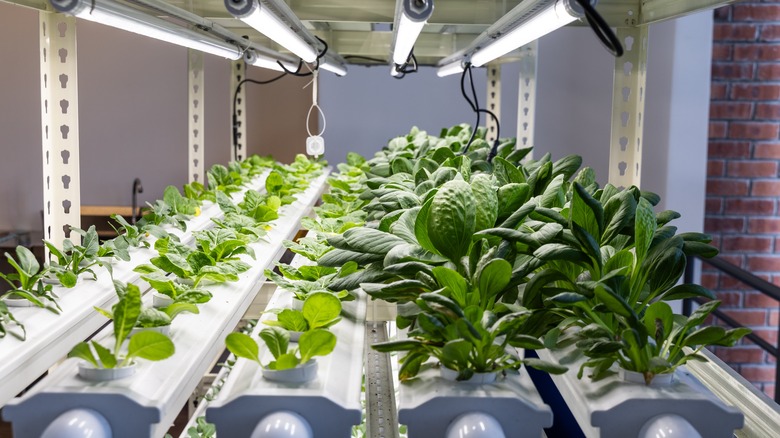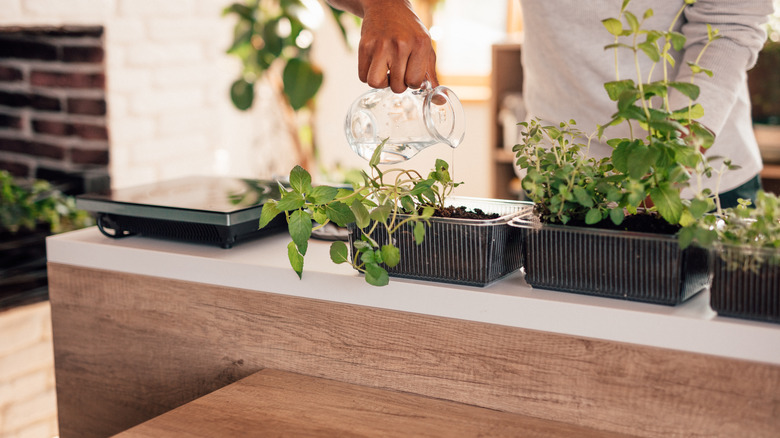Top Things To Consider Before Starting An Indoor Garden
Maybe you live in an apartment with no outdoor space or want to grow tomatoes indoors in the winter. Or, perhaps it would just be nice to have fresh herbs in arm's reach. There are many reasons one might consider an indoor garden, as they offer several benefits like allowing you to control the environment for your plants while the plants provide health benefits for you. However, there are also several downsides to indoor gardening including that it requires a substantial amount of space while also being pricey and time-consuming.
Before we get into the downsides of indoor gardening, let's go over the benefits. When creating the perfect indoor garden, you have the ability to control the climate, including the temperature and amount of both light and water that your plant's receive. You can also utilize hydroponics, where plants are grown in water instead of soil. Under these optimal conditions, plants can grow in less time than they would in a traditional setting. This means that seasonality is no longer a constraint on what you can grow at any given time. Growing plants indoors ensures that animals like deer and rabbits won't be able to nibble at your harvest. Science also says that having indoor plants can slightly improve air quality and reduce stress levels. Of course, with these benefits also comes some downsides that you should consider.
Drawbacks of indoor gardening
The number one constraint of indoor gardening is space. Unless you plan to construct a greenhouse separate from your home, you will be confined to your available floor, shelf, wall, and counter area, limiting the quantity and type of plants you can grow. While limited space doesn't mean you can't try indoor gardening, as a spot as small as a windowsill may be adequate, if you ever want to expand, you will be confined by your square footage.
Another barrier to entry is the upfront cost of indoor gardening. Hydroponics and grow lights are typically expensive, costing several hundred dollars to upwards of $1,000 total. This is in contrast with traditional outdoor gardening, where your main investment is in seeds and tools. You also need to consider how indoor gardening technology will impact your electric bill.
Further, while technology has enabled us to successfully grow plants indoors, there's no exact substitute for nature. Outdoor plants benefit from full-spectrum sunlight and access to pollinators like bees and butterflies, which makes them lower maintenance. In contrast, indoor gardens require more time to control the temperature, humidity, pollinating procedures, and watering schedules. Additionally, some pests like spider mites and mealybugs thrive without the presence of natural predators. While outdoor gardeners often turn to pesticides, indoor gardens typically focus on natural options and pest prevention, such as inspecting plants before they enter your home and not over-fertilizing. Of course, this can all be time-consuming. Still, while indoor gardening comes with its own set of challenges, if you avoid making these common indoor gardening mistakes, you may find the process to be both rewarding and manageable.

